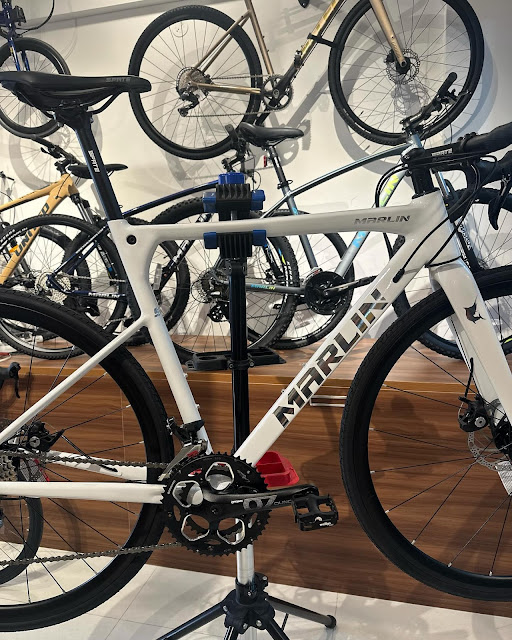Cross-country mountain bikes best features and performance
Cross-country (XC) mountain bikes are designed for racing and riding on a variety of terrain, from smooth trails to technical climbs and descents. To perform well in XC riding, these bikes typically have specific features and characteristics that prioritize efficiency, lightweight construction, and maneuverability. Here are some of the best features and performance aspects to look for in a cross-country mountain bike:
Lightweight Frame:
XC bikes are known for their lightweight frames, usually made from materials like carbon fiber or high-quality aluminum. A lighter frame makes climbing easier and improves overall agility.
Suspension Fork:
XC bikes typically have a front suspension fork with limited travel (80mm to 120mm). This fork helps absorb bumps and impacts on rough terrain while maintaining efficiency. Some XC bikes also have a rigid fork for maximum weight savings.
Efficient Climbing Geometry:
The geometry of XC bikes is designed for efficient climbing. They often have steeper head tube angles, shorter chainstays, and a more upright riding position to optimize power transfer and control during ascents.
Narrower Tires:
XC bikes usually come with narrower tires compared to other mountain bike types. These tires offer lower rolling resistance, which enhances speed and efficiency on smooth and hardpacked trails.
Tubeless Tire Compatibility:
Many XC bikes are compatible with tubeless tires, which reduce the risk of flats and allow you to run lower tire pressures for improved traction without sacrificing efficiency.
Dropper Seatpost (Optional):
Some XC bikes feature a dropper seatpost, which allows you to quickly lower your saddle for technical descents and raise it back up for efficient pedaling on climbs.
1x Drivetrain:
XC bikes often use a 1x (single front chainring) drivetrain setup, which simplifies gear shifting, reduces weight, and minimizes the risk of dropped chains. This setup is ideal for the flat to rolling terrain commonly found in XC races.
Disc Brakes:
Hydraulic disc brakes provide consistent and reliable stopping power, which is essential for maintaining control, especially during descents and technical sections.
Internal Cable Routing:
Many XC bikes feature internal cable routing for a clean and aerodynamic look while protecting cables and housing from dirt and debris.
Pedals: XC riders often use clipless pedals, which allow for efficient power transfer and control while pedaling. However, this choice is a matter of personal preference.
Geometry Adjustments (Optional):
Some modern XC bikes offer adjustable geometry to cater to different riding styles and terrain. This may include adjustable head tube angles or chainstay lengths.
Compliance:
To improve comfort and control on rough trails, some XC bikes incorporate compliance features like seat stay flex or specific frame designs that absorb vibrations.
It's important to note that the specific features and performance characteristics of cross-country mountain bikes can vary among brands and models. The best XC bike for you will depend on your riding style, the terrain you plan to ride on, and your personal preferences. Therefore, it's advisable to test-ride different bikes and consult with experts at your local bike shop to find the right XC bike that meets your needs and fits your budget.


Comments
Post a Comment